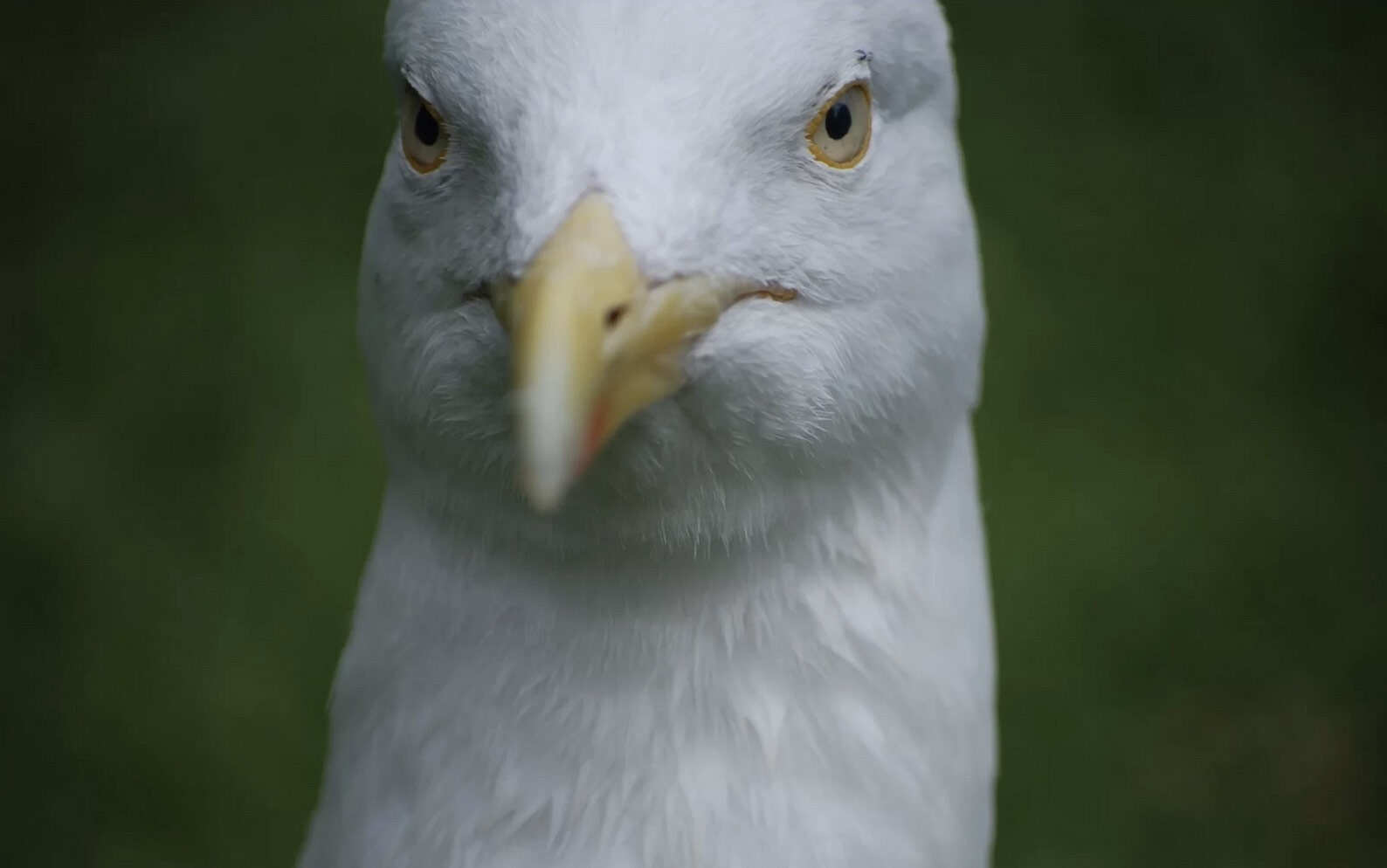Identifying wildlife with social media: Facebook, apps to the rescue

Many of you contact me asking for help identifying plants and animals. Although I’m delighted to hear from readers, I want to share some excellent identification tools. Naturally, these represent a small sampling – so share others via a letter to the editor if you wish, so we can keep on learning.
Social media: Facebook Groups
Facebook is an excellent source of up-to-date information – from experts. Confused about a bird or plant – and have a photo? Then I suggest you “friend” (i.e. become a member of) some naturalist groups such as Ottawa Field Naturalists’ Club, Macnamara Field Naturalists’ Club, Club des Ornithologues de l’Outaouais, Ottawa-Gatineau Hawkwatchers, The Insects and Arachnids of Ontario, Field Botanists of Ontario, Edible Wild: Plants/Fruits/Mushrooms – Eastern Ontario/Western Quebec, and Mushrooms of Eastern North America.
I’m a member of each of these, and have learned much by asking questions or by reading and participating in other members’ posts.
Why do I particularly recommend Facebook? Three things: access to experts, immediacy of response, and the ability to have a meaningful conversation. Facebook connects us to a like-minded community, so we can often get practically immediate answers to identification questions from specialist-members who are biologists, botanists, ecologists and more. What’s particularly encouraging is that questions are taken seriously and answered with care.
Several of the Field Naturalist Facebook groups are equally as interested in environmental issues such as neonicotinoids, declining pollinators, invasive species, Monarch butterfly status, and the expansion or decline in animal habitat and/or bird ranges.
In addition, many field naturalist clubs offer guided walks and talks. So support the wild: become a member.
Tips for best Facebook practices
Groups have rules and as you’d imagine, questions, comments and answers must be respectful. Identification is far more accurate if you can take and post a photograph of what you’ve seen to accompany your succinct question. Don’t forget to include the date, time, and habitat in which you discovered the specimen (wetland, grassland etc).
Special note: Avoid mentioning the precise location of a species, particularly if it is rare or endangered. Also, photos of active dens and nests are not tolerated. Why? Because if crowds of people drive to see and photograph the specimen, it can be further at risk. For instance, if everyone flocks to see an owl with owlets at a specific nest, the parents could abandon their young. For plants, location is not always prudent because some individuals want to transplant them or harvest and eat them.
Let’s not forget that the raison d’être of these clubs is to enjoy nature while allowing living things a healthy environment in which to live, breed, and raise their young.
Apps
I use three apps on my smartphone, (an iPhone). For birds, I use iBirdCanada; for trees: TreeBook; for constellations: GoSkyWatch – and all are really handy as long as you have reception.
Note: Conscientious birders avoid “calling birds in” with the handy voice identification audio features of bird identification apps. Again, this is because of not wanting to stress animals. After all, birds don’t just sing for the joy of it. Songs and calls are uttered for a reason: alarm calls warn of predators, for instance, and if you press that call, birds get anxious.
Contact Katharine Fletcher at fletcher.katharine@gmail.com
Photo: Alana Repstock

